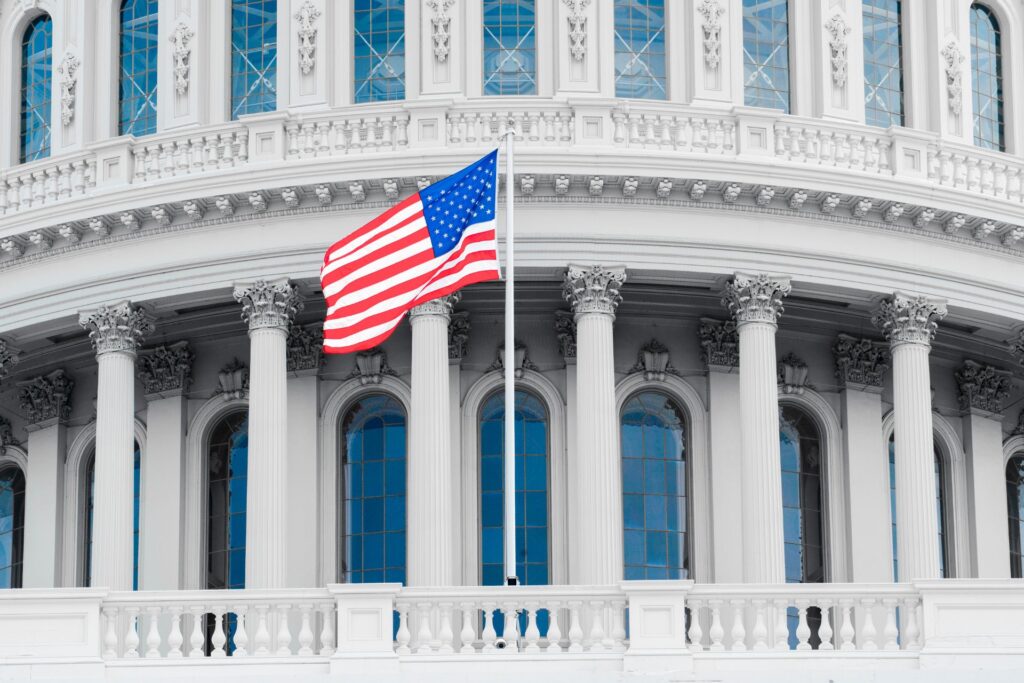
As Congress races to finalize a massive spending package, one clause has sparked heated debate among climate experts and tech observers: a ten-year pause on any state or local rules governing artificial intelligence. Republican leaders champion it as a way to position the United States as the world’s premier hub for AI and cryptocurrency. Critics, however, say a hands-off federal approach could carry a staggering environmental cost.
Harvard’s Stark Emissions Forecast: 1 Billion Tons of CO₂
Harvard researchers warn that, unless data centers face new power-use limits, AI’s electricity demands in the U.S. could produce roughly one billion tons of extra CO₂ over the next decade—more emissions than Japan emits in a year and triple the output of the U.K. since 2018. “hyperscale” data centers (the AI powerhouses) have tripled their energy consumption and now account for about 2 percent of all U.S. electricity use.
Data Center Growth Strains the Grid: 2 % Power Use, 10× Search Energy
That surge is testing an already strained power grid. Most of America’s electricity still comes from coal and natural gas, so every big AI rollout boosts greenhouse-gas output. A single AI query can consume around ten times the energy of a typical web search. In fact, grid operators estimate that nearly all future growth in U.S. electricity demand—equivalent to adding 20 million homes over five years—will stem from data centers serving AI applications. With extreme weather wreaking havoc and rolling blackouts on the rise, that expansion poses real risks.
AI’s Climate Promise vs. Emissions Rebound
Proponents tout AI’s potential to optimize energy systems, streamline transportation and accelerate scientific breakthroughs. Studies suggest smarter grid management and industrial automation could cut billions of tons of CO₂ by 2035. Yet without parallel investments in clean power and strict efficiency standards, those gains may amount to little more than offsets. Big Tech’s own emissions have soared, and one industry leader recently admitted that AI-related carbon output jumped nearly 50 percent in five years—hard proof that growth remains tightly coupled with pollution.
Bipartisan Pushback on the AI Freeze Emerges
Unusually, opposition to the federal moratorium has united an unlikely coalition. Climate-focused Democrats warn that stripping away state oversight will remove any incentive for data centers to switch to renewable energy or adopt advanced cooling systems. A few Republicans have even floated amendments to excise the AI freeze, and members of the conservative House Freedom Caucus have hinted they might withhold their support unless it’s dropped.
Moratorium Survives, Sweetened with Broadband Funding
Despite these objections, the AI provision survived a key Senate review after being reframed as a “temporary pause” and sweetened with a $500 million broadband grant that can be withheld from states attempting to regulate AI. Its backers argue that patchwork local rules would stifle innovation and create a confusing tangle of requirements. History, however, suggests industries thrive under clear, consistent standards—far more so than in a regulatory void.
The Innovation–Climate Tradeoff at the Brink of a Vote
With floor votes looming, lawmakers face a stark choice: embrace a decade-long hiatus in state-level AI oversight and risk locking in pollution pathways, or forge a balanced framework that spurs American leadership in AI while keeping carbon emissions on a steep downward track. Can Congress craft policies that supercharge innovation without sacrificing the planet’s future? Time is running out to find out.
